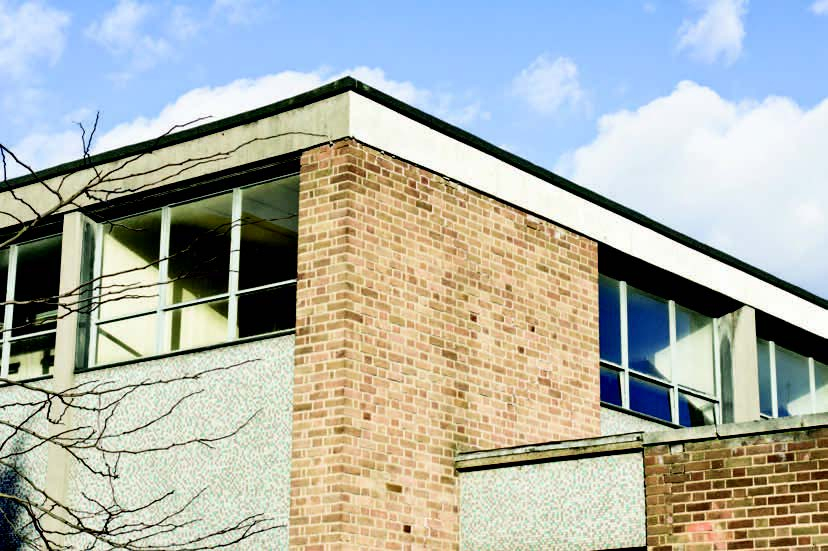
One in six schools requires urgent repairs, 3,731 schools need immediate repair and almost 10,000 will need attention in the next 1-2 years. But how can developers and local councils take advantage of any programme of modernisation to better equip the infrastructure of schools to cope in a digital age? Craig Bennett, CEO of the fit-out contractor Sigma, explains.
There is much to consider in building transformation projects
Insulation
Insulation is a critical factor with many old school premises battling with asbestos and more worryingly, no asbestos management policy in place. Once removed, insulation today offers a greater level of thermal performance meaning a reduction in energy spend which can only be a positive for already stretched educational budgets.
Energy
Electrics and the associated building and fire management systems are an important part of the overall building management and also an area that when approached holistically, can bring significant efficiency savings as well as adding to a buildings sustainable credentials.
Modernising the building management systems
Schools can benefit from features such as greater timing control for term and non-term heating, occupancy sensors that mean even if a building is being used for evening or weekend activities, systems will be turned off when the rooms are not in use and destratification fans for large halls to maintain better quality airflow and reduce unnecessary heating.


Where a campus benefits from leisure facilities such as a swimming pool, this can also be incorporated into a single BMS to manage the speed and flow of air-handling units, again adding to cost efficiencies.
A single management system means that even when multiple buildings are used to form the school campus, there is a greater degree of control through the latest technology, such as a touchscreen device in a plant room. This makes it no longer just the domain of a school caretaker to turn the heating off or on.
Other internals affecting performance and cost
They can all be done as part of a site refurbishment with very little building-related impact on the surroundings:
External elements
Seventeen per cent of school building issues relate to external elements such as roofing, walls and windows. Recent innovations in building materials means that replacements can be both hard-wearing and sustainable, offering a good compromise and value for money. Advances in glazing options mean windows can contribute to over all building temperature by offering reflective and heat management qualities, adding to energy efficiency.
Fixtures and fittings
Fixtures and fittings are an important and significant part of any building transformation project. With the increase in prefabrication building techniques and offsite production, there are many ways in which a space can be transformed in a cost-effective manner and with minimal disruption to the surrounding environment.
Offsite, modular construction
Modular or pre-fabricated classrooms are a far cry from the rectangular Portakabins of old.
They can be an efficient way to extend the learning environment, offering an inspirational space that is fully kitted out with electrics, sound system, heating, plumbing and access points through safety doors and windows. As these are manufactured and fitted-out offsite, the disruption is negligible as the cabins are lifted into place and ready to go.
Decor
The latest research shows that bold primary colours and hard-wearing plastic furniture that have been features of school buildings for many are not as conducive to learning as once thought. A small number of schools are now trialling softer, pastel colours and more wooden and bamboo furniture. These are thought to be more calming and soothing, leading to a more creative atmosphere. And more sustainable.
To refurb or build new?
So it's a difficult decision whether to invest in a refurbishment or simply start again with a new building when faced with a school building that is decades, if not centuries old. However, as with many community buildings, there’s a certain spirit that is present within these structures; a nod to history and times gone by that cannot be replaced by a new building, however modern and technologically advanced it is. Whilst this will not directly help learning, it may be helpful in contextualising the importance of history and learning from everything it has to offer us.
In these highly-charged political times, Boris Johnson and the Conservative party have promised to invest an additional £14bn in primary and secondary schools. Given the state of the infrastructure needed to create a suitable environment to learn in, it’s a fair question to as ‘will that even be enough’.